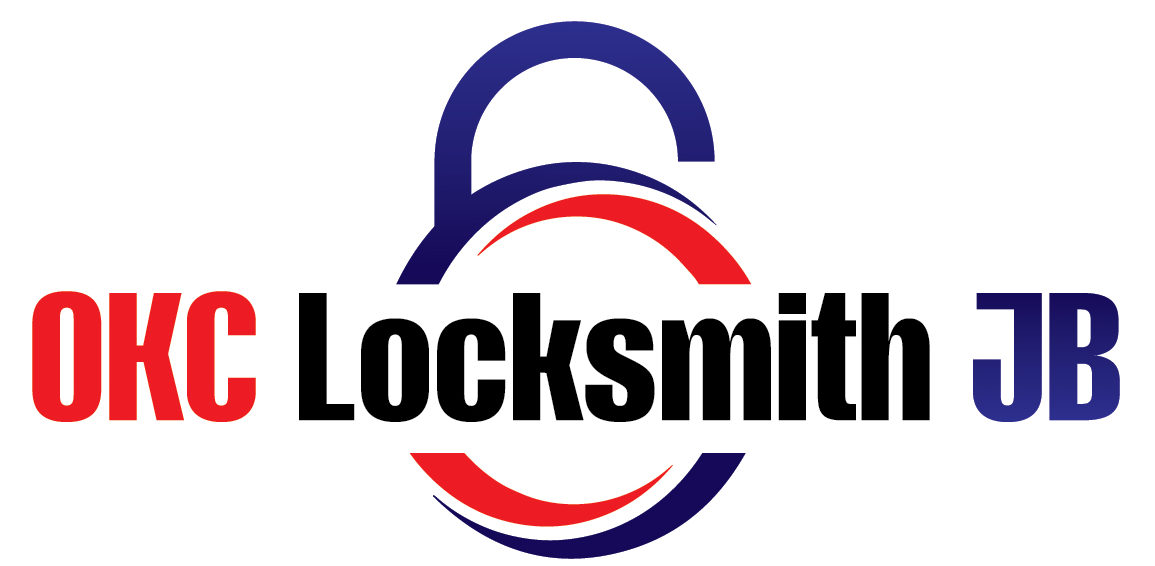It is a test to ascertain the arrival on speculation for IT and security. ROSI, or return on security investment, is an altered return for money invested. It is where the net advantage is the yearly expense of security ruptures avoided when contrasted with the counteractive prevention cost. Ensure the overall security of your business with top-class services from the best locksmith in Tulsa OK.
Here is how to ascertain your arrival on security ventures:
What is the benefit of something that does not occur?
For those of us who esteem speculations and openings every day, this is a noteworthy test while computing the arrival on venture for IT and security. As anyone might expect, it creates a lot of dissatisfaction for your associates in IT and security who are endeavoring to legitimize the expense of acquiring equipment and programming to ensure the frameworks, devices, and computerized biological systems.
Business:
We develop the business with new items and forms and depend on IT to make everything secure. Offer them cash to protect us, and then we would all be able to return to work.
Chief Information Security Officer (CISO):
How secure would you like to be? You can plan a convention for various security levels, yet it accompanies restrictions on the client experience and various expenses. Coincidentally, we will never get to 100 percent security.
Finance Person:
We have restricted capital, however, it is conceivable to spend a boundless measure of cash on security. Here is one apparatus for assistance. ROSI, or profit for security investment. As explained earlier, it is an adjusted return for money invested calculation. It is where the net advantage is the expense of security breaches avoided when contrasted with the counteractive action cost caused.
Let us understand this more in a little bit detail:
- Return on Investment: Return for capital invested = (Security cost avoided – Cost)/Cost
- Return on Investment: (Yearly Misfortune Expected * Moderation Rate – Cost)/Cost
- Return on Investment= [($Single Loss Expectancy *Annual Rate of Event) * Mitigation – Cost] Cost.
Where:
- Single Loss Expectancy = cost to remediate a solitary event of the misfortune occasion.
- Yearly Rate of Event = the occasions this occasion is probably going to occur in a year.
- Moderation Rate = The viability of controls that you are putting resources into, as estimated by the improvement picked up in both of the above terms (less seriousness or less probability).
- Cost = one year cost, to coordinate the one year of foreseen advantage. If you extend the advantages over different years, you should accept relating costs.
Conclusion:
While the equation is basic, assembling great information about hypothetical misfortune is a test. This estimation contains numerous suppositions (as do all business cases), then again, actually the past might be of restricted an incentive in evaluating developing dangers. Finance finds an approach to measure its practices and evaluate choices. However, needs to analyze deeply to determine reasonable suppositions. Everybody gets the chance to assess their capacity to sustain risk by looking at the tradeoffs that business demands. Make the most of reliable services from the professional locksmith in Tulsa OK.

